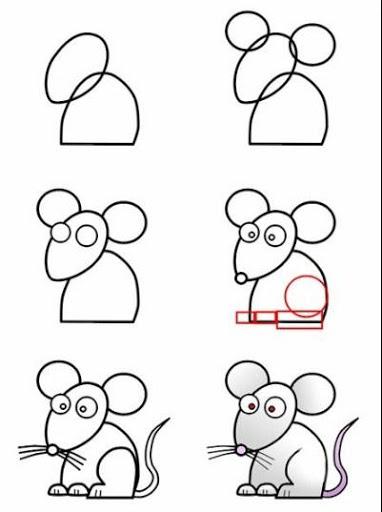- Applications
- Lifestyle
Simple Drawing Tutorials
Images






Introduction
At the start of your art learning, what kind of materials and equipment do you need? Do you need to spend lots of money?
Fortunately, you only need a piece of paper and a pencil to get started. This isn't going to break the bank.
However, strange as it might seem, you might be better served with a low-cost fountain pen. When writing article notes and other jottings it soon became obvious that there can be significant advantages over other writing tools.
Fortunately, in an old book there are some very simple drawing exercises that you could easily do at work or at home. They were printed as if they had been drawn with a dip-pen and ink. This could be just what you need to sharpen your drawing skills.
An added benefit of getting familiar with dip-pens is that you can substitute fluid watercolor paint for inks, allowing you to strengthen your paintings without a paint brush.
Although dip-pens and fountain pens are less common than ball-point and fiber-tip pens they can be great to use. When used for hand-writing you find that your writing quality improves because you need to be slightly slower and more careful. If you rush or accidentally touch the wet ink it can easily smudge and spoil. Not only that but you get the same kind of damage if you don't let the ink dry after you have finished writing.
It can be surprising to see how simple hatching can be used to quickly give the impression of density to objects.
This is exactly what an expert artist wants...
"To create the impression of solid reality with the simplest and easiest to produce marks"



Related Applications










Users Also Installed










Similar Applications












